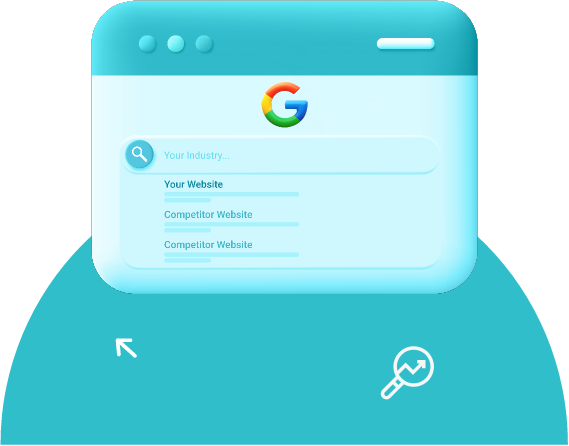
Ecommerce PPC Services – What is Ecommerce PPC and How To Use it?
Ecommerce PPC or Ecommerce pay-per-click in full refers to the practice of running paid advertising campaigns on platforms like Google Ads or Microsoft Advertising (Bing Ads) for ecommerce websites. To drive traffic to their online store and generate sales, businesses pay a fee for every time one of their ads is clicked.
Ecommerce PPC services can benefit businesses in many ways. This is because their services can help businesses promote products effectively, reach their target audience, and drive traffic as well as sales to their online stores. In addition, business can enjoy:
Increased targeted website traffic
Improved visibility and brand awareness
Precise audience targeting capabilities
Measurable results and data-driven optimization
Immediate traffic and conversions
Scalable advertising spend based on needs
Remarketing opportunities to re-engage past visitors
What Is Ecommerce PPC?
With paid advertising campaigns on platforms like Google Ads and Bing, businesses can align their campaigns to drive much-needed traffic to their online stores by displaying relevant ads to users who are actively searching for the products or services they offer.
The main advantage is being able to target audiences based on factors like geographic location, demographics, interests, and user browsing behavior. This ensures that the ads shown have a better chance of converting interest into sales.
Ecommerce PPC also provides businesses with important information on the number of views, clicks, conversions, and return on ad spend because it helps them to make decisions on campaign optimization and campaign performance and efficiency based on their goals and budgets.
Unlike SEO, which can take a longer time to generate organic traffic, Ecommerce PPC can provide immediate traffic and sales when optimized campaigns are up and running properly.
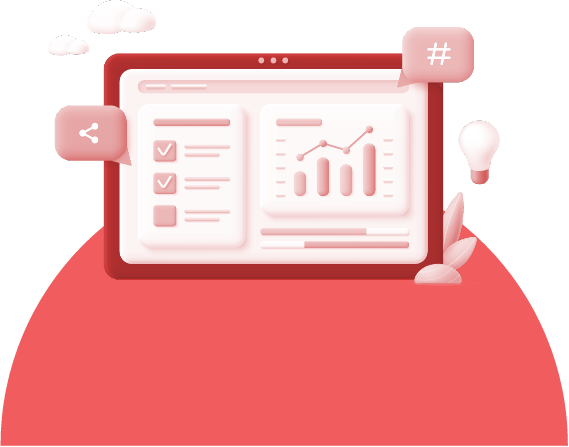
How does Ecommerce PPC work?
Ecommerce PPC works by allowing businesses to display ads for their products or services on search engines or other platforms, and they pay a fee each time their ad is clicked. Here’s how it typically works:

Step 1
Keyword Selection
You choose keywords related to your products or services that you want your ads to appear for when users search for those terms.

Step 2
Ad Creation
You create compelling ads that include relevant keywords, attractive visuals, and a clear call-to-action (CTA) to encourage clicks.

Step 3
Bid Strategy
You set a maximum bid amount that you’re willing to pay for each click on your ad. This bid, along with other factors like Ad quality and relevance, determines where your ad appears on the search results page or other platforms.
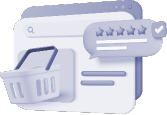
Step 4
Ad Auction
When a user searches using one of your selected keywords, search engines like Google or platforms like Facebook hold an ad auction. They consider factors like bid amount, ad quality, relevance, and user experience to determine which ads to show and in what order.

Step 5
Ad Display
If your ad wins the auction, it’s displayed to the user. If the user clicks on your ad, you pay the amount you bid for that click.

Step 6
Tracking and Optimization
You track the performance of your ads, including click-through rates (CTR), conversions, and return on investment (ROI). Based on this data, you can optimize your campaigns by adjusting bids, refining Ad targeting, improving ad content, and testing different strategies to improve results.
Why is Ecommerce PPC Marketing Essential for eCommerce?
PPC marketing is essential for eCommerce for several reasons:

Immediate Visibility
PPC ads provide immediate visibility for businesses and showcase products or services on search engine results pages (SERPs) and other platforms. This visibility can help businesses reach potential customers who are actively searching for products similar to yours.

Targeted Advertising
PPC allows for precise targeting based on keywords, demographics, interests, and behaviors. This targeted approach ensures that your ads are shown to your target audience, which increases sales and potentially new customers.
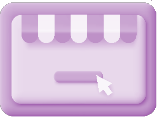
Cost-Effective
PPC offers a cost-effective advertising model where businesses only pay when someone clicks on their Ad. This pay-per-click model allows businesses to control their advertising budget and track the return on investment (ROI) more effectively.

International SEO
Flexibility and Control

Boosts Sales
PPC can drive targeted traffic to your eCommerce website, resulting in increased sales and conversions. By targeting users who are actively searching for products or services like yours, PPC campaigns have the potential to generate high-quality leads and customers.

Works great with SEO
While SEO is crucial for long-term organic traffic, PPC provides immediate visibility. Combining both PPC and SEO strategies while businesses work on improving their organic search rankings will help businesses enhance their overall online presence and maximize their reach.

Remarketing
But for that extra advantage, businesses can build loyal repeat customers with remarketing. Remarketing can help target users who have previously visited your website by re-engaging, reminding them of your offerings, and encouraging them to complete a purchase.
How to Start and Manage an Ecommerce PPC Campaign
By following the best practices and guidelines of SEO, a website can rank higher on search engines and attract more organic traffic.

Choose your keywords
You choose keywords related to your products or services that you want your ads to appear for when users search for those terms.
Create a landing page
To create a landing page for eCommerce PPC, focus on a clear and attractive design that highlights your products or services prominently.
Make sure the page loads quickly, add a strong call-to-action for users and provide relevant information that matches the Ad’s message to improve the chance of sales.


Develop your ad
Do the same when it comes to creating your Ad, making sure to add relevant keywords, attractive visuals, and a clear call-to-action (CTA) to encourage clicks.
Set a budget
When setting a budget for eCommerce PPC, consider your advertising goals, competition, and desired ROI. Start with a manageable budget and monitor performance closely to make adjustments and optimize spending for maximum effectiveness.


Place your bids
During keyword auctions, businesses need to strategically place bids based on keyword relevance, ad quality, and desired position on search engine results pages.
Manage your spending
After that, they need to monitor bid performance constantly and adjust bids to stay competitive and within budget to maximize their return on investment.
Businesses should regularly review their payment invoices and analytics to ensure that their cost aligns with their campaign performance.


Pay the ad network
Once the Ad is up and running, businesses and advertisers only need to pay the ad network based on the number of clicks their ads receive, making sure that they stay within their bid amount and budget allocation.
Best Practices for Ecommerce PPC Management
Implementing best practices for eCommerce PPC management is crucial for optimizing your advertising campaigns and driving sales results. Below are some of the best practices for every successful eCommerce shop:

Improve Your Ad CTR
A higher CTR indicates better Ad performance, increases Ad visibility, and can lower your cost-per-click, ultimately leading to improved campaign ROI.

Choose Appropriate Keywords
Targeting specific, relevant keywords ensures that your Ads are shown to users who are actively searching for products or services similar to what your business is offering, which increases the likelihood of clicks and conversions.

Add Negative Keywords
Adding negative keywords in your Ecommerce PPC campaigns helps filter out irrelevant searches, improves Ad targeting, and reduces wasted ad spend.

Optimize Your Product Pages
Optimizing your product pages is essential for Ecommerce success as it improves user experience.
Focus on clear product descriptions, high-quality images, intuitive navigation, sharing customer reviews, and improving mobile responsiveness to enhance page performance and drive sales.

Update Product Feed
Updating your product feed ensures accurate product information, availability, and pricing in your Ads. This practice improves Ad relevance, user experience, and overall campaign performance by showcasing up-to-date and relevant products to potential customers.

Create a Good Shopping Cart Experience
Businesses can create a memorable shopping experience by using user-friendly interface, providing clear product information, easy navigation, and secure checkout options.
A positive shopping experience increases conversions, reduces cart abandonment, and fosters customer satisfaction, leading to repeat purchases and brand loyalty.
Why Should Your Business Hire an Ecommerce PCC Agency?
Your business should consider hiring an eCommerce PPC agency for their expertise in keyword research, Ad optimization, bid management, and campaign tracking, which can lead to higher ROI and improved campaign performance.
Additionally, agencies can provide valuable insights, industry best practices, and dedicated support, allowing your team to focus on other aspects of your business while ensuring effective PPC management.
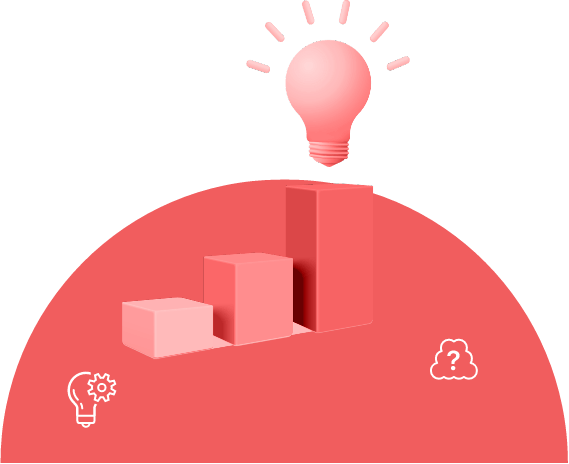
Schedule An Ecommerce PPC Consultation With Highground.asia To Get More Information About Our Ecommerce PPC Services!
Do you want our valuable insights, dedicated support and know how we can apply the industry’s best practices for your business? Call Highground.asia today to find out more.


